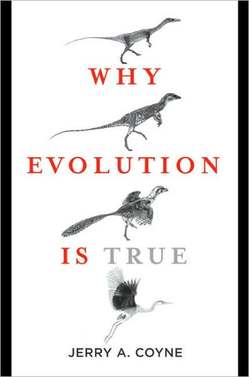(p. 68) When we think of technological advances powering scientific discovery, the image that conventionally comes to mind is a specifically visual one: tools that expand the range of our vision, that let us literally see the object of study with new clarity, or peer into new levels of the very distant, the very small. Think of the impact that the telescope had on early physics, or the microscope on bacteriology. But new ways of seeing are not always crucial to discovery. The air pump didn’t allow you to see the vacuum, because of course there was nothing to see: but it did allow you to see it indirectly, in the force that held the Magdeburg Sphere together despite all that horsepower.
Source:
Johnson, Steven. The Invention of Air: A Story of Science, Faith, Revolution, and the Birth of America. New York: Riverhead Books, 2008.



